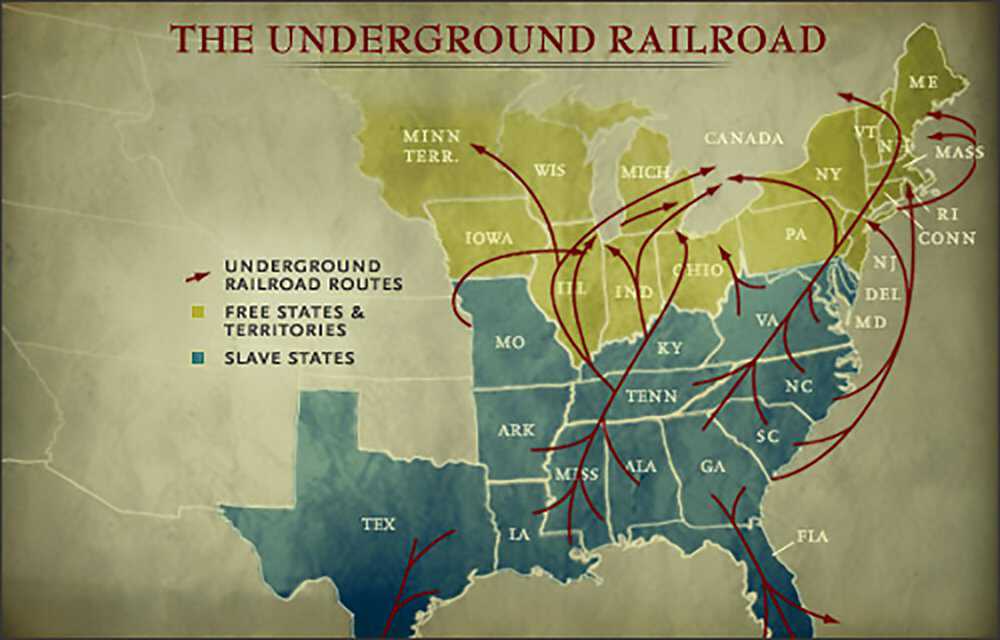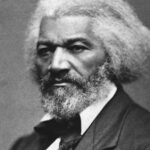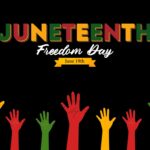The Underground Railroad was not a literal railroad, but rather a clandestine network of individuals and safe houses that facilitated the escape of enslaved African Americans to freedom. This comprehensive fact piece explores the origin, purpose, workings, achievements, planners, organizers, and the profound impact of the Underground Railroad on Black history.
2. Origin
The Underground Railroad emerged in the late 18th century as a response to the institution of slavery in the United States. It gained momentum in the 19th century as a covert means of assisting enslaved individuals seeking freedom in the North or Canada.
3. Facts
3.1 Network of Safe Houses
The Underground Railroad comprised a vast network of safe houses, known as “stations,” operated by abolitionists and sympathetic individuals.
3.2 Secret Codes and Signals
To maintain secrecy, the Underground Railroad utilized coded language and signals to communicate information about escape routes and safe locations.
4. Purpose
The primary purpose of the Underground Railroad was to provide a route to freedom for enslaved individuals seeking emancipation. It operated in defiance of the Fugitive Slave Acts, which mandated the return of escaped slaves to their owners.
5. How It Worked
5.1 Conductors
Conductors were individuals responsible for guiding escaped slaves along the Underground Railroad, often risking their own safety.
5.2 Safe Houses
Safe houses were strategically located along escape routes, providing shelter, food, and assistance to those on the run.
6. Underground Railroad Movie
6.1 “Underground Railroad” (2016)
This title refers to the critically acclaimed television series created by Misha Green and Joe Pokaski. The show, with its gripping narrative, brings the history of the Underground Railroad to life.
7. Achievements
7.1 Thousands of Escapes
The Underground Railroad facilitated the escape of thousands of enslaved individuals, helping them find freedom and a chance at a new life.
7.2 Erosion of Slavery
While not the sole factor, the Underground Railroad contributed to the erosion of the institution of slavery by undermining the enforcement of fugitive slave laws.
8. Planners and Organizers
8.1 Harriet Tubman
Harriet Tubman, often called the “Moses of her people,” was a renowned conductor who made numerous trips into the South, guiding hundreds to freedom.
8.2 Levi Coffin
Known as the “President of the Underground Railroad,” Coffin was a Quaker abolitionist who played a significant role in organizing safe houses.
9. Impact on Black History
The Underground Railroad holds a revered place in Black history as a symbol of resilience, resistance, and the collective struggle for freedom. It challenged the dehumanizing institution of slavery and paved the way for the broader fight against racial injustice.
Top 20 Questions Answered
- What was the Underground Railroad?
- The Underground Railroad was a covert network of safe houses and individuals that assisted enslaved African Americans in their escape to freedom.
- When did the Underground Railroad originate?
- The Underground Railroad began to take shape in the late 18th century and gained momentum in the 19th century.
- How did the Underground Railroad work?
- The Underground Railroad operated through a network of safe houses and conductors who guided escaped slaves along secret routes.
- What was the purpose of the Underground Railroad?
- The primary purpose was to provide a means of escape for enslaved individuals seeking freedom in the North or Canada.
- Did the Underground Railroad use secret codes?
- Yes, the Underground Railroad utilized coded language and signals to maintain secrecy.
- Why did it operate secretly?
- Secrecy was essential to protect both the escaped slaves and those assisting them from legal repercussions and potential violence.
- How many people escaped through the Underground Railroad?
- Thousands of enslaved individuals found freedom through the Underground Railroad.
- What were safe houses in the Underground Railroad?
- Safe houses were discreet locations along escape routes where escaped slaves could find shelter, food, and assistance.
- Who were conductors in the Underground Railroad?
- Conductors were individuals responsible for guiding escaped slaves along the Underground Railroad.
- What was the impact of the Fugitive Slave Acts on the Underground Railroad?
- The Fugitive Slave Acts mandated the return of escaped slaves, but the Underground Railroad operated in defiance of these laws.
- Was the Underground Railroad successful in eroding slavery?
- While not the sole factor, the Underground Railroad contributed to the erosion of slavery by undermining the enforcement of fugitive slave laws.
- Tell me about the movie “Underground Railroad” (2016).
- “Underground Railroad” (2016) is a television series that brings the history of the Underground Railroad to life, created by Misha Green and Joe Pokaski.
- Who was Harriet Tubman and her role in the Underground Railroad?
- Harriet Tubman, known as the “Moses of her people,” was a renowned conductor who made numerous trips guiding escaped slaves to freedom.
- Who was Levi Coffin and his role in the Underground Railroad?
- Levi Coffin, known as the “President of the Underground Railroad,” was a Quaker abolitionist who played a significant role in organizing safe houses.
- What was the impact of the Underground Railroad on Black history?
- The Underground Railroad holds a revered place in Black history as a symbol of resilience, resistance, and the collective struggle for freedom.
- Did the Underground Railroad only operate in the North?
- While more prevalent in the North, the Underground Railroad also had routes that led to Canada.
- Were there risks for those involved in the Underground Railroad?
- Yes, both conductors and those operating safe houses faced significant risks, including legal consequences and violence.
- Were all conductors and operators of safe houses Black?
- No, many abolitionists, both Black and white, participated in the Underground Railroad.
- Did the Underground Railroad operate during the Civil War?
- Yes, the Underground Railroad continued to operate during the Civil War, aiding escaped slaves and contributing to the broader struggle for emancipation.
- How is the Underground Railroad remembered today?
- The Underground Railroad is remembered as a crucial chapter in the fight against slavery, symbolizing courage, determination, and the pursuit of freedom.





